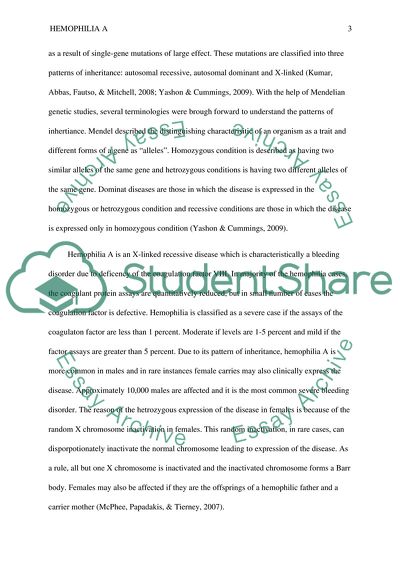Cite this document
(Hemophilia A Essay Example | Topics and Well Written Essays - 1750 words, n.d.)
Hemophilia A Essay Example | Topics and Well Written Essays - 1750 words. https://studentshare.org/biology/1812104-haemophilia-a
Hemophilia A Essay Example | Topics and Well Written Essays - 1750 words. https://studentshare.org/biology/1812104-haemophilia-a
(Hemophilia A Essay Example | Topics and Well Written Essays - 1750 Words)
Hemophilia A Essay Example | Topics and Well Written Essays - 1750 Words. https://studentshare.org/biology/1812104-haemophilia-a.
Hemophilia A Essay Example | Topics and Well Written Essays - 1750 Words. https://studentshare.org/biology/1812104-haemophilia-a.
“Hemophilia A Essay Example | Topics and Well Written Essays - 1750 Words”. https://studentshare.org/biology/1812104-haemophilia-a.


